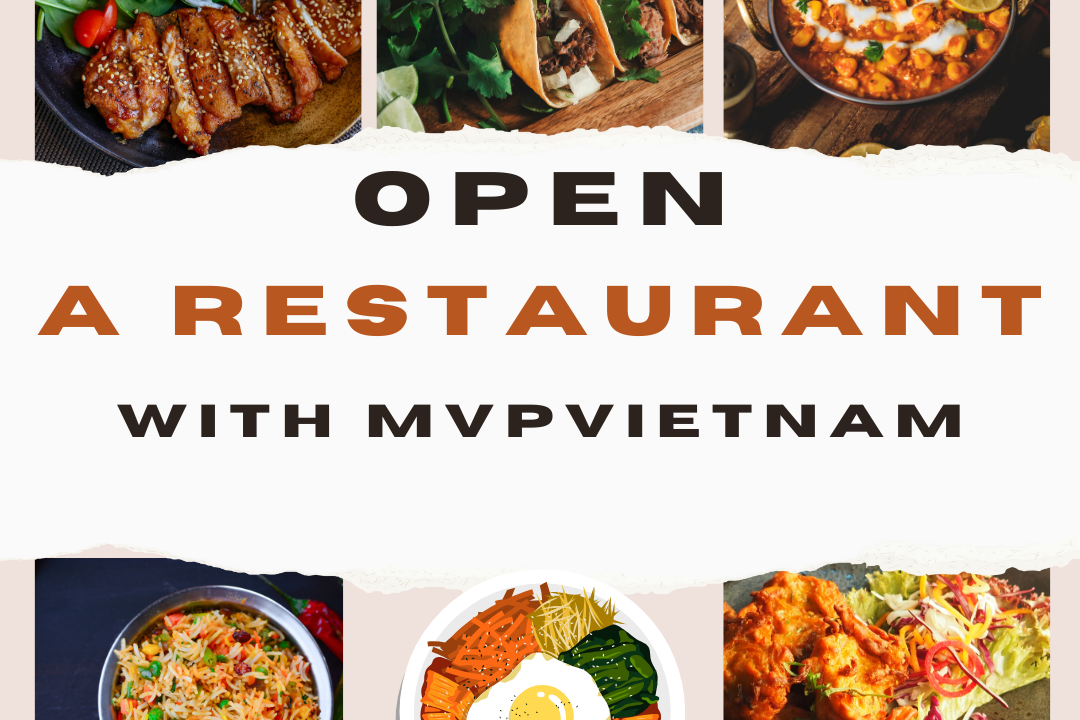
Open a restaurant in Vietnam for Foreigners
Serving Up Success: A Guide to Opening a Restaurant in Vietnam for Foreigners
Vietnam’s vibrant culinary scene, coupled with its booming tourism industry, makes it a tempting destination for foreign restaurateurs. But navigating the legalities and cultural nuances of opening a restaurant in a new country can be daunting. Fear not, this guide will equip you with the knowledge to turn your culinary dream into a delicious reality.
1.Planning Your Restaurant:
Concept & Cuisine: Identify your niche. Will you offer authentic Vietnamese cuisine with a twist, or introduce foreign flavors to the local palate? Research existing competition and identify a gap in the market.
Location, Location, Location: Scout for a high-footfall area with good visibility. Consider tourist areas, office districts, or residential neighborhoods with a strong expat presence.
2. Legal Considerations:
Business Structure: Choose the most suitable legal entity
Investment Registration Certificate (IRC): This is the first and most crucial step. Submit a detailed application outlining your investment project to the relevant authorities.
Company Registration Certificate (BRC): Once the IRC is granted, proceed with registering your company to obtain a BRC. This involves submitting documents like the company charter, list of members/shareholders, and proof of a legal address.
Food Safety Certificate (COFSC): This certifies your restaurant meets hygiene and sanitation standards. Prepare documents demonstrating proper food handling practices, staff training, and hygiene protocols for your kitchen space.
Fire Protection System Registration: Depending on the size and layout of your restaurant, fire safety measures may require registration.
On-premise retail liquor license:
Note: Processing times can vary, so factor in 3-4 months for the entire process
3.Operational Requirements:
Work Permits & Visas: Secure work permits for foreign staff and ensure you and your employees have the appropriate visas to work and reside legally in Vietnam.
Sourcing & Suppliers: Build relationships with reliable local suppliers for fresh ingredients. Be mindful of import regulations if incorporating non-local produce.
Staffing & Training: Invest in recruiting and training qualified staff. Understanding Vietnamese dining etiquette and cultural nuances will enhance customer service.
4. Standing Out from the Crowd:
Marketing & Promotion: Develop a strong marketing strategy to attract customers. Utilize social media platforms and partner with local businesses or tourism agencies.
Embrace Local Flavors: While offering your unique culinary vision, incorporating some local ingredients or dishes can resonate with Vietnamese customers and create a fusion experience.
Price Point & Value: Research the local dining scene to determine a competitive price point while offering good value for money.
Opening a restaurant in Vietnam requires dedication, planning, and a passion for food. By following these steps and embracing the unique culinary landscape, you’ll be well on your way to establishing a thriving restaurant that delights both locals and foreign visitors. Remember, cultural sensitivity, high-quality ingredients, and exceptional service are key ingredients for your recipe for success.
With MVP Vietnam by your side, you can focus on your culinary passion while we handle the administrative complexities such as: Finding the perfect premise, Streamlining company setup, HR resource solutions. Contact us today to turn your restaurant dream into a delicious reality in Vietnam!

